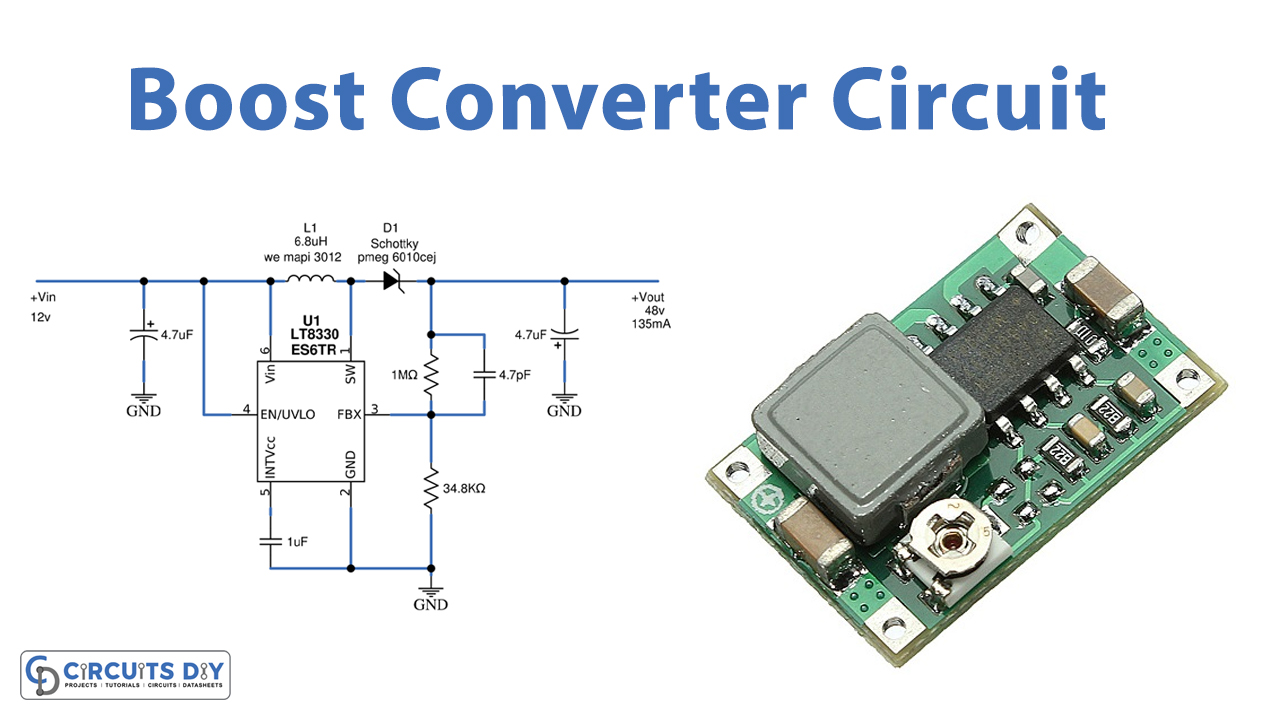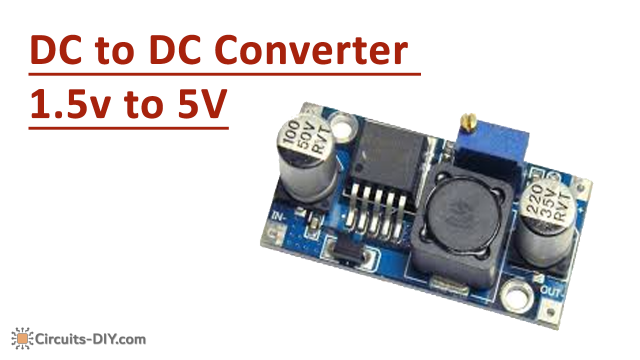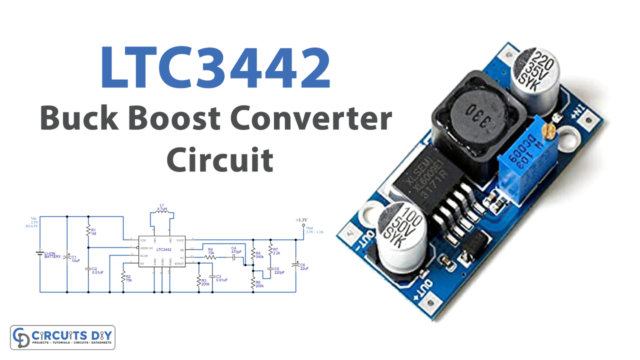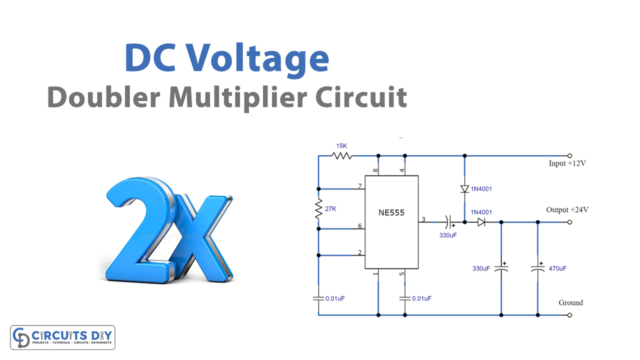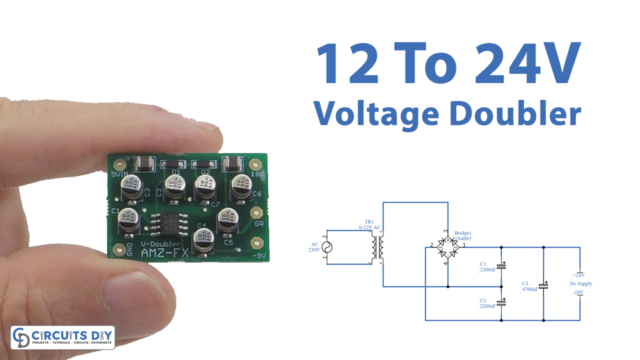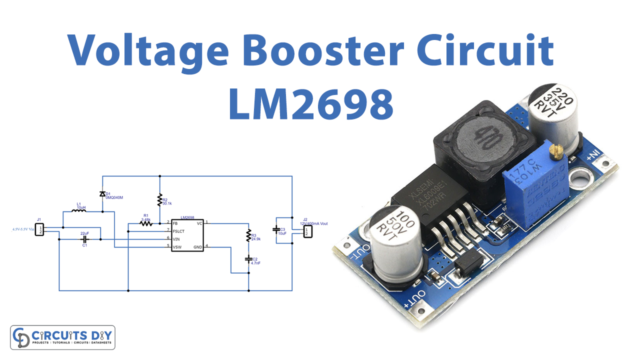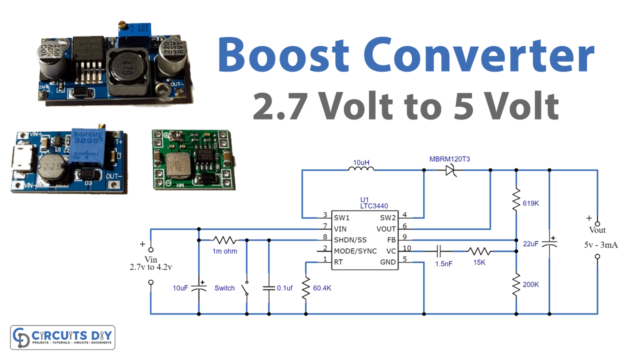In this tutorial, we are going to make a “Boost Converter Circuit”.
We’ve all come across pesky situations where we need a slightly higher voltage than our power supplies can provide, then we use traditional DC-DC boost converters circuit, but the problem is those circuits are bulky and makes the circuit design more complex. A boost converter is a DC-to-DC power converter that steps up voltage while stepping down current from its input supply to its output load. Boost converters are highly nonlinear systems and a wide variety of linear and nonlinear control techniques for achieving good voltage regulation with large load variations have been explored.
In this prototype design, we use a compact and powerful boost converter from Analog Devices IC LT8330. IC LT8330 is a current mode DC/DC boost converter capable of generating either positive or negative output voltages, positive or negative output can be programmed by the single feedback pin. It consumes a 6μA quiescent current only and has a fixed 2MHz switching frequency. This boost converter takes a low input power source and gives high voltage output with minimum external components.
Hardware Required
The following components are required to make Boost Converter Circuit
| S.no | Component | Value | Qty |
|---|---|---|---|
| 1. | IC | LT8330ES6TR | 1 |
| 2. | Electrolyte Capacitor | 4.7μF | 2,1,1 |
| 3. | Resistor | 1MΩ, 34.8KΩ | 1,1 |
| 4. | Inductor | 6.8μH | 1 |
| 5. | Schottky Diode | pmeg 6010cej | 1 |
| 6. | Ceramic Capacitor | 1μF, 4.7pF | – |
| 7. | Power Supply | 12V | 1 |
LT8330 Pinout
For a detailed description of pinout, dimension features, and specifications download the datasheet of LT8330
Boost Converter Circuit
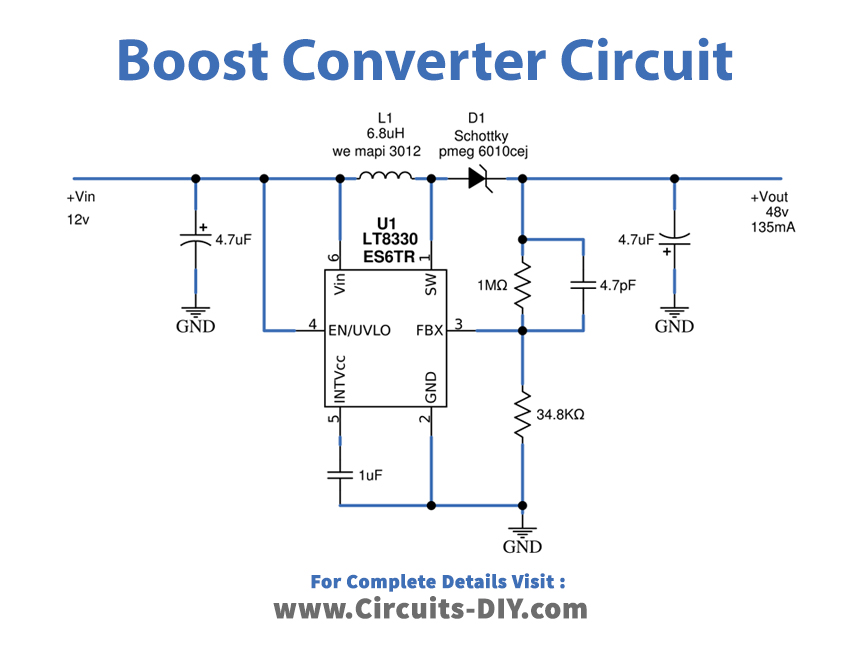
Working Explanation
As shown in the circuit diagram all components represented are SMD components. The main part of the circuit is IC LT8330. This IC can be configured as Boost, SEPIC, or inverting converter with a very low quiescent current, it can take 3V to 40V input as input voltage range. With the help of internal compensated current mode architecture, this IC gives stable operation over a wide range of input and output. It’s better to assemble this circuit on the printed circuit board.
Applications
This includes the following applications.
- Hybrid electric circuits
- Solar power systems
- LED driver
- LED backlight and flashlight.


